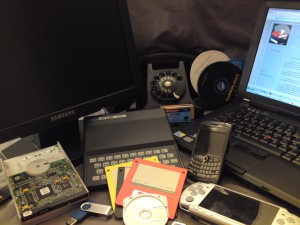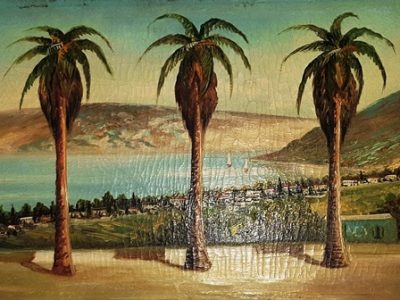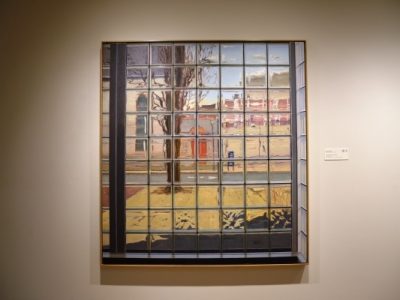Industrial Revolution 5.0

The Industrial Revolution 5.0 has officially started, even though many of us in technology are still addressing cybersecurity challenges of the Industrial Revolution 4.0.
Industrial Revolutions are marked by economist and historians as they record shifts in societies. The first Industrial Revolution was identified by English economic historian, Arnold Toynbee. https://tinyurl.com/y4glae8g The Industrial Revolution 1.0 started in the latter half of the 18th century, and humans would see the first benefits of working with machines. Some of the inventions of the first Industrial Revolution include the steam engine, the cotton gin, and the power loom, which would birth several new industries. For example, the steam engine would give birth to the travel industry, and the power loom would usher in the manufacturing industry.
Machines would provide humans with a greater capacity to do more, better and faster; and each invention would enable another invention. The invention of the steam engine would be the foundation for not only ships and locomotives but also machines in warehouses.
The timelines for the Industrial Revolutions overlap, and the second Industrial Revolution, would begin in the late 19th century. The Industrial Revolution 2.0 would include inventions such as the assembly lines, and electricity which would provide advance machinery in factories. While economist and historians discuss societal changes with each revolution, I see that humans and machines take another step in working together.
Industrial Revolution 3.0 begins in the 20th century, around 1970. I have to say that Industry 3.0 is one of my favorite industrial revolutions because this would be the time period that computers would be introduced, which would help us land on the moon. Another invention of this time period is the Programmable Logic Controller, PLC, which lays the groundwork for automation. PLC’s are located throughout our critical infrastructure in all industries, such as energy, water, trains, pharmaceutical, and manufacturing; and I still work with them today!
Around 2010, the Industrial Revolution 4.0 began, bringing the Internet and cyber physical systems which run algorithms, on collected data. Artificial Intelligence and machine learning are all words commonly used, but the concept of machine thinking like a human is not successful. The expectation for Industry 4.0 was that machines would be able to completely take over human tasks, such as driving. However, we have found that humans are still needed for critical decision, and thus Industry 5.0 has been officially introduced, and of course, it would be the year 2020.
Industrial Revolution 5.0 will provide a way for machines and humans to work together better. Human/machine partnerships are already a part of our daily lives. For example, I use my phone to control the security cameras, in my home; the idea of working with a device, my phone, which connects to another device, the home base, which provides me with the ability to see the house any time. And in manufacturing, there are robots already moving items around a warehouse, as a human uses a device to connect to the robot to give it commands. I do not think it will be long before we all have robots working with us side by side.
It is worth noting the time frame between Industry 1.0 and Industry 2.0 is about one hundred years, Industry 2.0 to Industry 3.0 is about ninety years, Industry 3.0 to Industry 4.0 is about forty years, and Industry 4.0 to Industry 5.0 has been ten years. Inventions continue to build on previous inventions and delivering unimaginable technology; however humans are still needed. Stay safely Connected.






